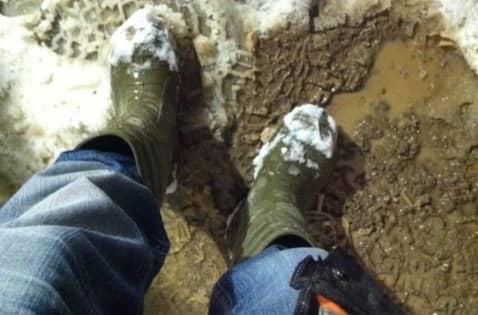
A Construction Worker’s Personal Review of Cofra Thermic Industrial Rubber Boots
If you’re asking yourself the question are Cofra Thermic industrial rubber boots worth the money, then you’ve come to the right place.
I’ve personally owned a pair of Cofra boots for the last 5 years and I have to admit that I’ve changed my mind on these boots from my first review. I feel that my personal review below of these boots will help answer any questions you might have.
Cofra Thermic Industrial Rubber Boots: Are they worth it?
My first reaction to these boots was that you can tell right away that these are a high-end rubber boot. My second thought was that they looked really heavy. However, that thought quickly goes away when you actually pick one up and you realize how light weight they really are compared to other brands in this category. And if you’ve ever worked with heavy boots all day you know that being light weight will be so much better on your well being at the end of the day. I mean they look rugged and heavy with that thick tread pattern on the bottoms but without the steel safety toe or shank this really cuts the weight down significantly.
They are 100% metal free. I liked how this made a massive difference with weight and also keeping the boot warmer for longer periods of time. I’ve put these boots through the ringer for what they can handle, and they passed the test time and time again for light weight and warmth. I have to say you definitely pay for what you get in the higher end rubber boot category. But that doesn’t mean that they are perfect or that they will be perfect fit for your line of work.
One thing I’ve noticed is that there is a break-in period on these boots that is not very comfortable on the feet. It took mine about 2 to 3 weeks to break-in to my foot. I experienced rubbing and soreness of my foot. This really made me think that maybe I made a bad purchase but that did change as they broke-in to my foot a few weeks later.
The other downside I found was that if you wear an orthotic in your boots, make sure to test that out at the store beforehand. These boots fit snug and if you are wearing a thicker sock that will cut out any extra room for your orthotics. But due to the snug fit I find them to give the support where needed.
Another note: the cold does affect these boots and will make them more rigid. You will notice this in -10 to -40 degree weather and working in those temps there will likely be ice or hard packed snow. These boots are like any other rubber boots on ice or hard packed snow and will be slippery. In my honest opinion if you’re just using this boot for around the house snow blowing or for garden work, they might just be the last pair you’ll ever buy.
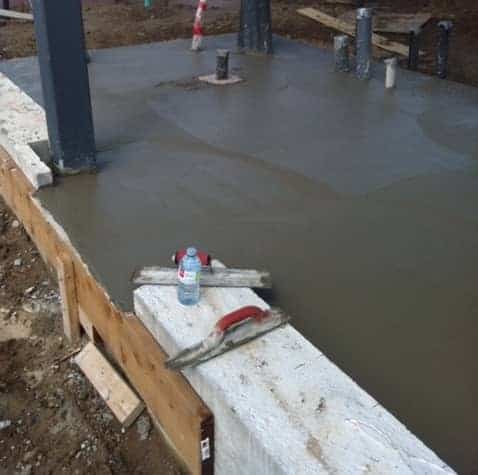
Would I buy Cofra thermic boots again?
I would absolutely buy the Cofra thermic boots again. I personally love these boots and after the initial break-in period they turned into one of my favorite pair of boots for home and construction sites. I really enjoy just being able to slip them on and off without boot liners and they actually have a built-in heel ledge that makes this even faster after a long day working outside. There also self standing so it makes taking them off very easy. I believe that there is a boot liner you can purchase with this boot however I have never felt the need to purchase those and my feet have always been warm in minus degree weather. All you need is a good pair of wool socks in these boots in the winter to keep your feet warm and dry.
These pics are of my Cofra boots in action at work and at play over the last five years. However, I will add that 2 of those years were strictly for home use and play. You can see from the pics throughout this personal review that the Cofra boots really stand up to a lot. Other then a couple of nicks out of the tread pattern my boots seem to be in the same shape from when I first purchased them, and I don’t see any major signs of them breaking down soon. Its quite possible that these boots will see another 3 years of winters on the construction site. So far so good. I’m quite impressed with them.
This informational review has been gathered from my personal experience with this brand over the last five years, so it’s jammed packed with helpful tips for anyone interested in purchasing them, now or down the road.
Below I’ll be covering the types of jobs I think are best suited for this type of boot if worn on a daily basis. I’ll also show what a Cofra pair of boots looks like after 5 years of heavy industrial form work, which in my opinion is the most physical occupation one can have out of the construction industry. I’ll also be going over some top features any buyer should consider before making a purchase.
| PROS | CONS |
| – Metal free | – Aggressive tread |
| – Electrical resistance | – Tougher to operate heavy equipment |
| – Cold protection to -50 degrees | – Slip resistance |
| – Chemical and hydrocarbon resistance | – Cold makes them more rigid |
| – Cut resistance | |
| – Thermal insulation | |
| – Waterproof | |
| – CSA/ANSI approved |
Top Key Features to Consider
- 100% metal free: This makes the boot lightweight and provides added warmth due to a non-metallic toe cap
- High Electrical Resistance: The result of being steel free
- Cold Protection to -50: Yes, I’ve never had a major issue in the extreme cold with these boots with a higher end wool sock.
- Chemical and Hydrocarbon Resistance: Diesel and Gas. I’ve spilt both on mine multiple times throughout a job without any issues. I’ve also poured concrete multiple times and they’re still good as new.
- Cut Resistance: I’ve had plenty of opportunities to have my boot cut from rubbing against cut rebar and exposed nails and they hold up well to it. However, it does depend on the force in which the boot is exposed to. But daily scrapes there’s no issues here.
- Thermal Insulation: I personally have had no issues with my feet being cold in these boots in minus degree weather.
- Waterproof: Yes, 100%
- CSA/ANSI: Approved
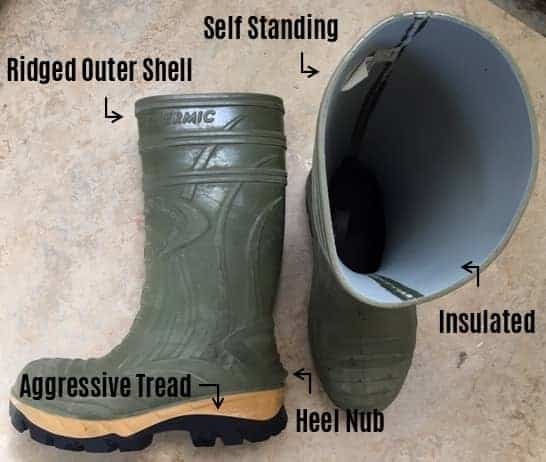
Some downfalls of the Cofras
So, with this boot being of a superior quality-built product, there are still some downfalls that I would like to mention:
The aggressive tread pattern: It’s great for work sites and shines through on the ground and uneven ground, however it’s not the best for walking on scaffold planks because the tread tends to grab nail heads that might have been left in the wood. This could cause a trip and possibly a fall if not mindful of it.
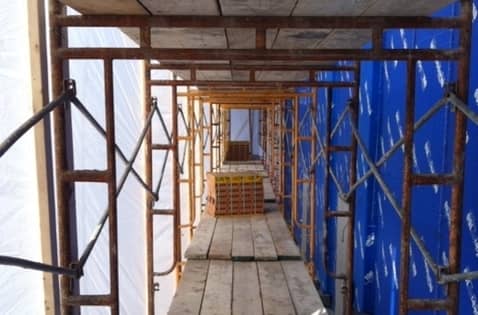
I’ve also found them to be large and kind of clunky when climbing ladders up and down on job sites. You really need to focus more then usual when climbing a ladder in these boots because they grab the ladder rungs really well. There’s no need to rush on jobsite anyways but be mind full that they can be sticky on certain surfaces.
The opposite goes for wet finished concrete floors. These boots will be slippery, and caution should be taken.
Operating Equipment: If you operate some kind of equipment that involves using your feet, you might find these boots to be a bit rigid and clumsy. Also, they might tire your legs out quicker then normal due to the rigidity.
Having said that, I personally don’t have an issue with operating skidsters or tele-handers with these boots on. On the other hand, I had a talk with a concrete driver who couldn’t stand these boots due to them being too rigid for driving the concrete truck all day.
Slip Resistance: Yes, you might be thinking isn’t that a good thing and yes, I would have to agree with you. Like I stated above earlier due to the rugged aggressive tread pattern they tend to grab more and that’s the issue on site because when it happens it will cause you to jolt and throws you off balance for a split second. I’ve noticed this happens more in these boots then any other brand but it’s a good idea to keep in mind with any aggressive tread pattern.
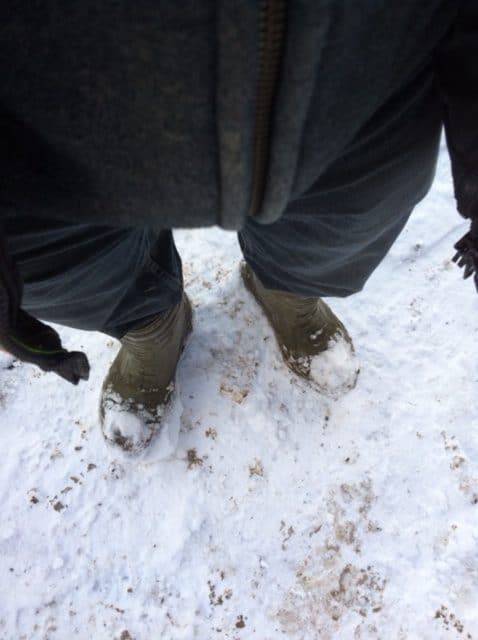
How the cold effects the boot: I’ve found these boots to get rigid or stiffen up in colder working conditions and then they feel like your back to breaking them in all over again. I have also noticed that with them being more rigid than normal this can cause the boot to be more acceptable to slippery conditions. I would say this happens in -20 degree and colder weather. This wasn’t a deal breaker for me because most boots are slippery in colder conditions anyway and at that point when working in extreme weather conditions it really comes down to one’s experience in the field and how you adapt to the different dynamics of the weather changes.
Break Down of my 5-Year-Old Cofra Thermic Boots in Pics
So far, I have not had any issue with splitting of seems or cracks whatsoever. These boots have been put to the test on different jobsites many times.
I can only find a few small issues on the sole from normal wear and tear. But there’s still plenty of material there to wear out yet to cause any major issues. Check out the pics below for closer detail.
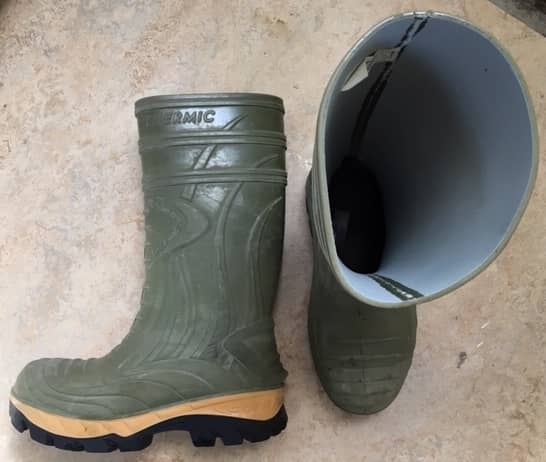
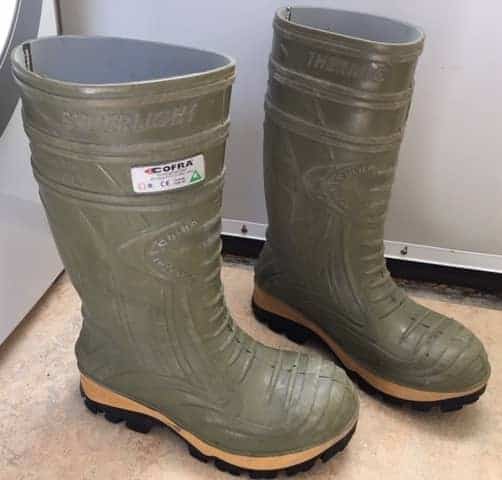

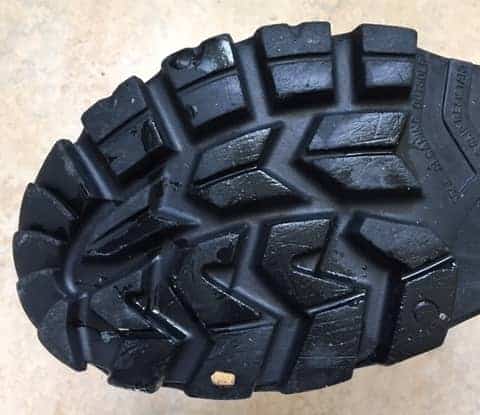
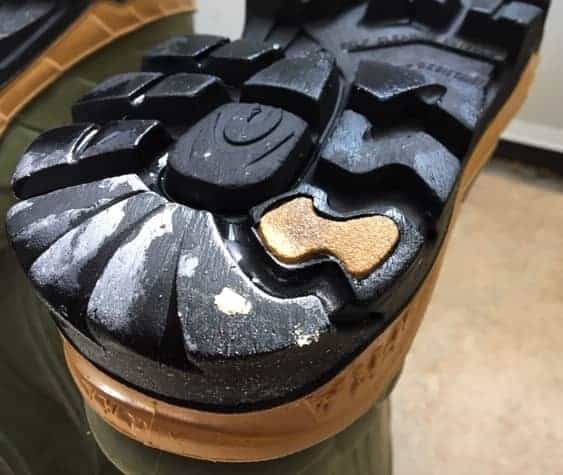
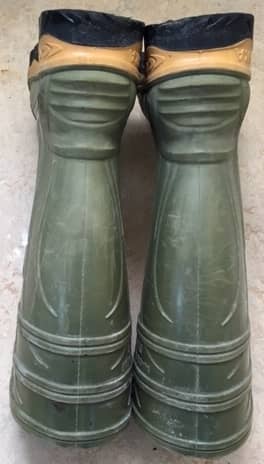
Cofra boots after 5 years of heavy industrial form work
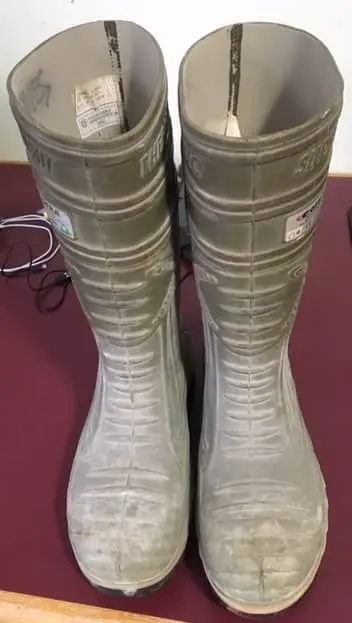
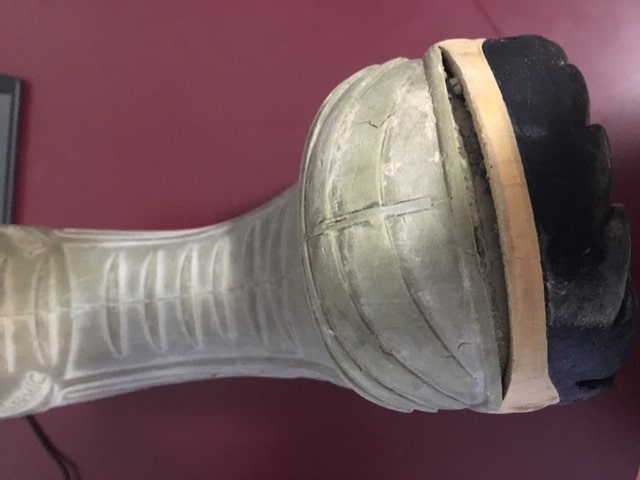
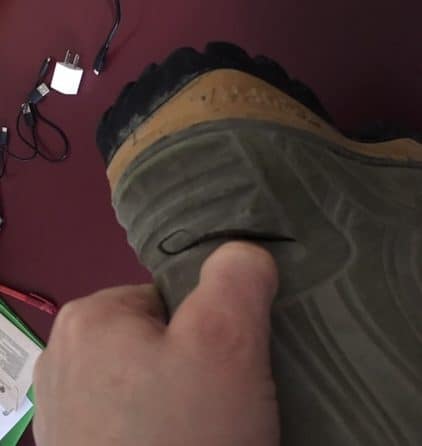
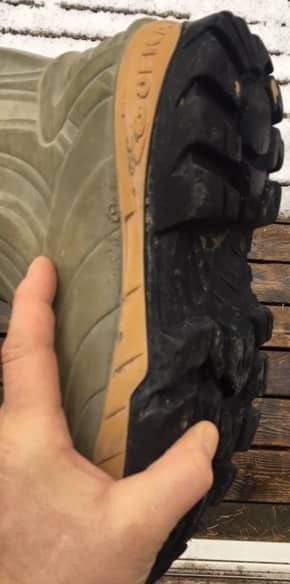
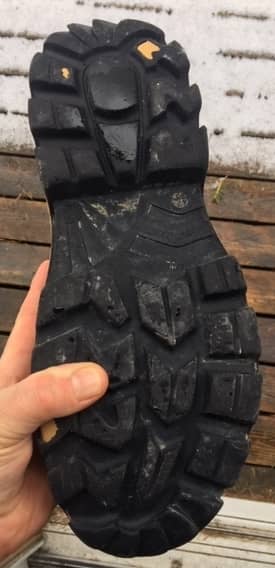
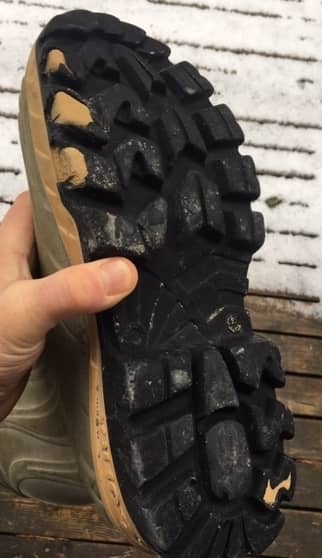
As you can see there is quite a difference between both pairs of boots. Even though both were worn in the field for the same amount of time, the second pair was put through concrete on a daily basis whereas the first pair was not. The second pair is ready for retirement due to some major cracks on the boot. However look at the tread still left on these bad boys after five years of hard labor. I don’t know of too many pairs of boots that will last as long as these have.
Jobs best suited for the Cofra Thermic boots
- Farmer
- Refinery Worker
- Concrete Worker/ Form Work
- Forestry Worker
- Land Surveyor
- Plumbers
- Carpenters
- Construction Labourer
- Industrial Electrician
- Sewer and Watermain Worker
- Landscaper
Conclusion
- These Boots are very durable and are great for work and play
- They will hold up to everything thrown at then from the construction site to the barn yard and more.
- They will take a bit to break into your foot.
- Very warm while working in winter conditions
- Will be more ridged in colder winter conditions
- Aggressive tread pattern can be sticky on certain surfaces
- Tread pattern can be very slippery on wet smoother surfaces
- Not recommended for drivers of dump trucks/Concrete Trucks or any type of construction delivery personal due to being to ridged while driving.
- These boots are 100% water proof.
- Full safety stamped
- Metal free = warmer in winter conditions
- Liner free = ease of taking on and off
- Fit snug so should try on at store first if you use a orthotic.
All-in-all these boots will serve the purpose for you and although they are not perfect, they are really close in my personal opinion. Click here to see the price.
